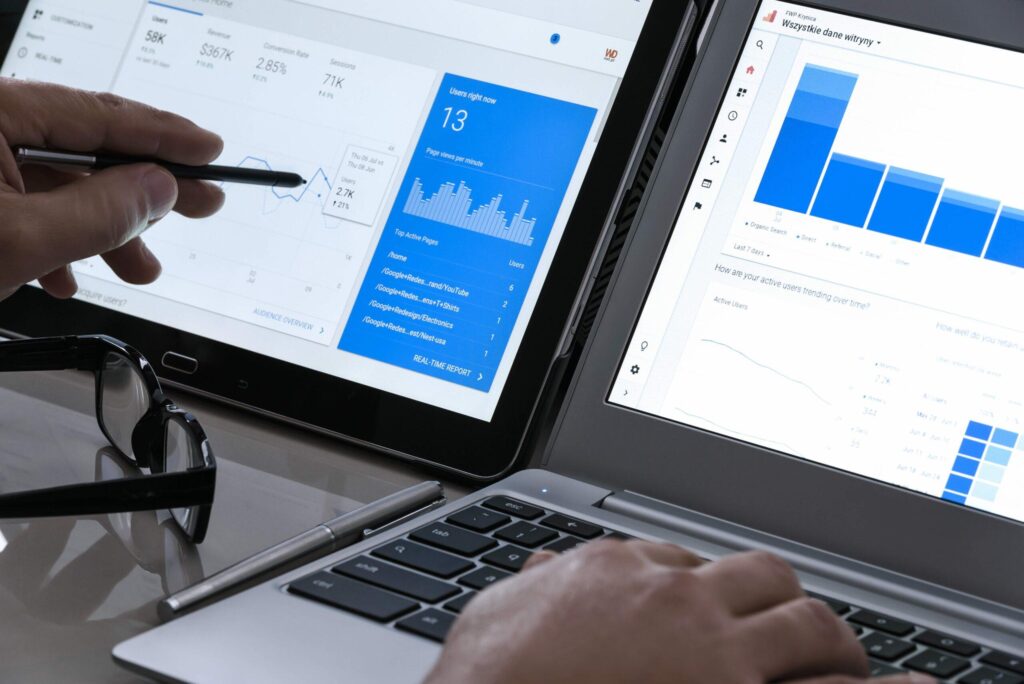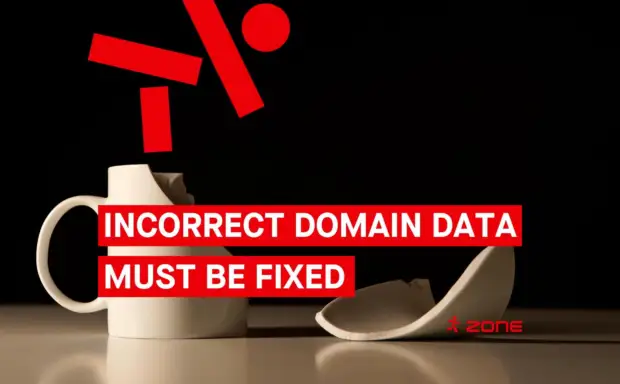This blog post is more than 14 months old and may be out of date.
Creating a website may seem complicated, but well-planned and search engine-optimized pages can offer enormous benefits to your business or online shop. Zone provides the best tools for creating websites independently with WordPress, particularly with the help of Zone+ WordPress Assistant, which allows even complete beginners to quickly and easily set up their website.

Here is a brief guide that covers the fundamentals of website development and SEO to ensure that your page is as noticeable in search engines as possible.
1. Defining the goal and understanding the target audience
- Goal: What exactly is the goal of your website? Is it sales, information sharing, showcasing your portfolio or something else?
- Target audience: Who is your website aimed at? Try to understand the needs, interests and search habits of your target audience.
2. Domain and web hosting
- Domain selection: Choose a short, memorable domain name that is relevant to your theme or brand. If possible, choose a domain that contains a keyword, not just the name of your business.
- Web hosting: Choose a reliable hosting service that provides professional customer support, sufficient website speed and useful additional features such as e-mail, backups and so on.
3. Content planning
- Keyword research: Use tools such as Google Keyword Planner, Ahrefs, or Semrush to identify keywords that your target audience uses and that may appeal to them.
- High-quality content: Create beneficial, understandable and interesting content. Use keywords as naturally as possible. Pages should be at least 300 words long, though they can be longer depending on the topic.
- Content types: Content can be text, images, videos or infographics – use a variety of formats.
- Content volume: If possible, add at least 3-5 subpages to your website (including “Contact” and “About us” pages).
4. Website structure and navigation
- Clear and understandable structure: Plan the structure of the page as logically as possible. Important pages, such as the homepage, products or services and contacts, should be easy to find.
- Navigation: Make sure your users can easily navigate your website. A clear and understandable menu and internal linking is key!

5. Search Engine Optimisation (SEO)
On-page SEO:
- Title tags: Use relevant keywords, keep headlines short and informative.
- Meta-descriptions: Write eye-catching meta descriptions that summarise the page’s content and include relevant keywords. It’s the first thing your customers see, for example, on Google.
- URL structure: Use URLs that are easy to understand and contain keywords.
- Image optimisation: Add descriptions to the images and use alt texts that explain what the image in question represents (use keywords in the alt text!).
Technical SEO:
- Website speed: Faster pages rank higher in search engines, so it is worthwhile to optimise the website’s loading time in a variety of ways. Web hosting, for example, has an impact on performance; Zone provides a very fast loading time and is thus an ideal choice for your site. In addition, there are various WordPress plugins available that help to simplify the page structure, such as optimising picture sizes.
- Mobile-friendliness: Make sure your website works well on all devices (mobile, tablet, desktop).
- SSL certificate: Using the HTTPS protocol is important for both security and SEO.
Off-page SEO:
- Creating links: Get high-quality external links from other trusted pages. When creating links, be careful not to buy random cheap links from sites like Fiverr. Excessive low-quality linking can result in a penalty from search engines.
- Social media: Be active on social media and share your website content with a wider audience. Traffic from social media informs search engines about activity and contributes to optimisation.
6. Updating and managing content
- Updating: Keep your web content up to date. Regular updates show search engines that the page is active and relevant. Update content and create new content regularly.
- Analytics: Google Analytics and Google Search Console are useful tools for tracking website traffic and search engine results.

7. Publishing and monitoring the website
- Publishing a website: Once your website is ready, publish it and submit the sitemap to Google Search Console (find the sitemap by adding /sitemap.xml to your domain).
- Monitoring and optimisation: Continuous analysis and optimisation is key to long-term success.
8. Common mistakes and how to avoid them
- Keyword overload: Avoid filling your website content with too many keywords (keyword stuffing). This can also lead to penalties from search engines. Yoast SEO, for example, helps to avoid mistakes related to this.
- Poor mobile experience: Neglecting mobile optimisation can negatively impact SEO and user experience.
- Poor internal linking: Make sure all your pages are easily accessible and internal linking is clear.

Summary
Website development and search engine optimisation are multi-step processes, but when done well and with dedication, the results can be very beneficial. On your way to a successful website, keep these three essential principles in mind: user-friendliness, high-quality content and technological fluency.
Post navigation
Popular posts

.NO domain now at Zone – is your business ready for the Norwegian market?

Zone Webmail 3.0: New features that make email management easier than ever

Still the rightful owner of your domain? ICANN’s new rule means it’s time to double-check
